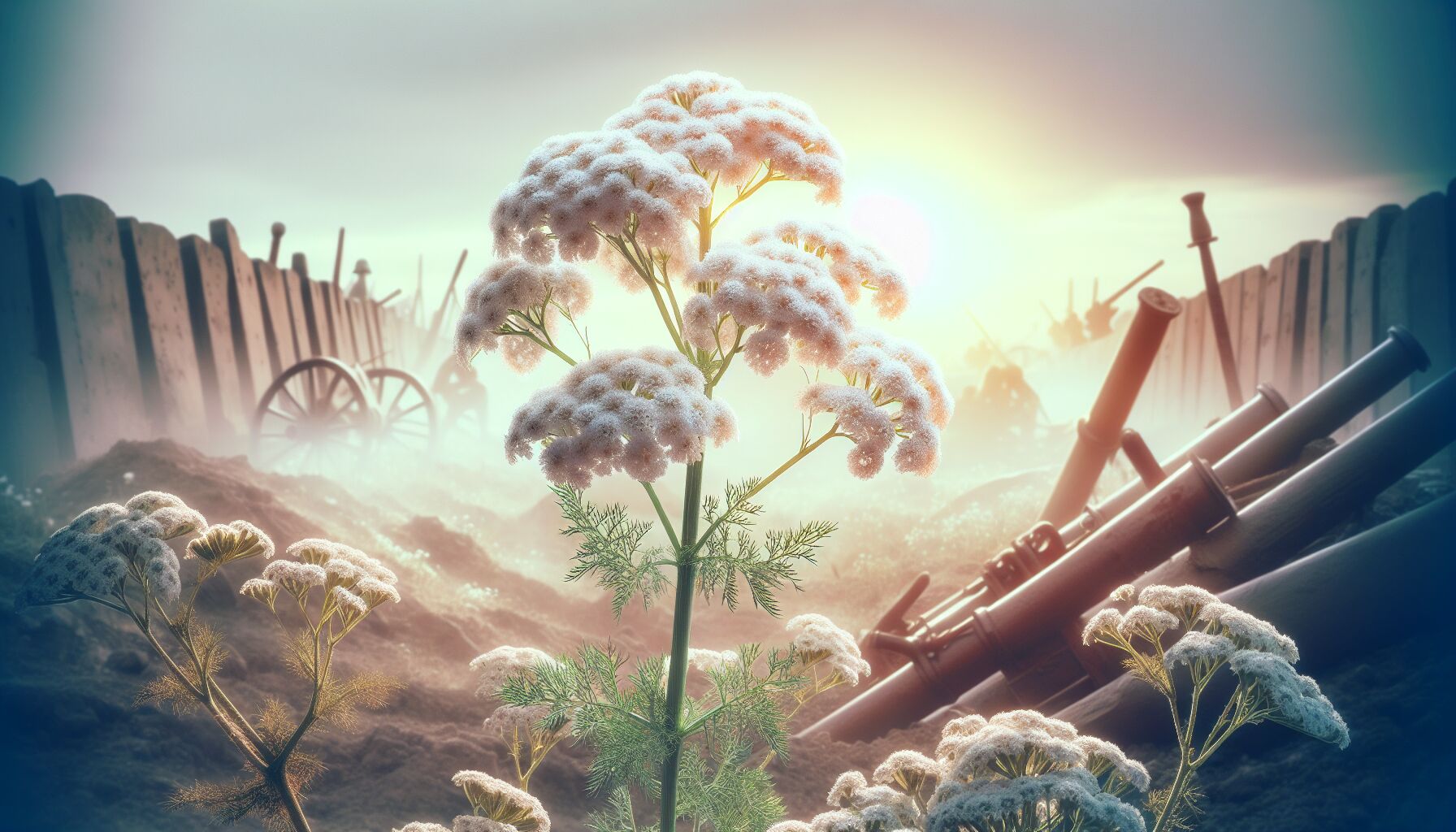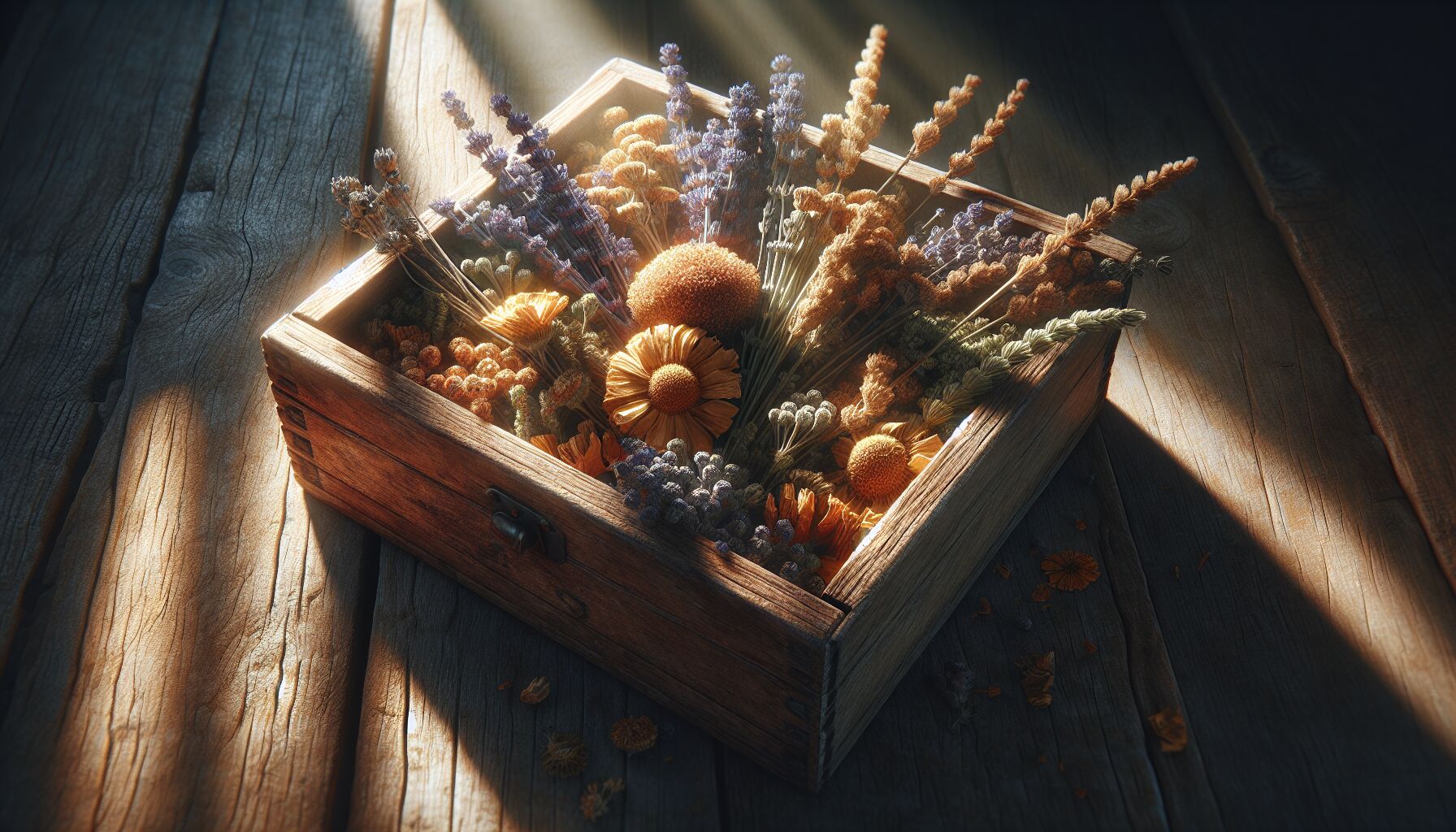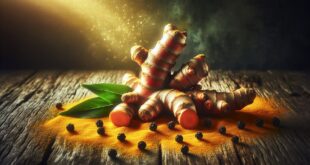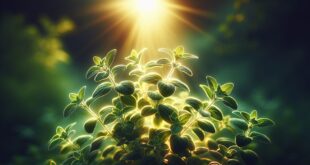 Long before the sterile aisles of modern pharmacies stretched out like labyrinths of synthetic solutions, humanity turned to the earth itself for healing. Traditional remedies, those age-old techniques passed down through whispers and tattered manuscripts, are the backbone of what many today recognize as “survival medicine”. These historical remedies were not mere superstition; they were developed through centuries of observing nature’s intricate dance, seasons shifting, and the quiet hum of life.
Long before the sterile aisles of modern pharmacies stretched out like labyrinths of synthetic solutions, humanity turned to the earth itself for healing. Traditional remedies, those age-old techniques passed down through whispers and tattered manuscripts, are the backbone of what many today recognize as “survival medicine”. These historical remedies were not mere superstition; they were developed through centuries of observing nature’s intricate dance, seasons shifting, and the quiet hum of life.
Imagine the towering yarrow plant, once whispered to be used by Achilles himself to staunch the bleeding of soldiers on ancient battlefields. Its Latin name, Achillea millefolium, nods to that storied past. This herb, a staple in any “herbal first aid kit”, is a testament to how intertwined our survival has always been with plant life. The real magic lies in its ability to stop bleeding and promote healing—abilities that were often the difference between life and death in times when medical interventions were a luxury beyond the reach of most.
Another gem hidden in historical remedies is the humble willow bark. It was the precursor to aspirin, a discovery the ancient folk likely stumbled upon while seeking relief from the daily aches and pains that were as common then as they are now. In a way, using willow bark was akin to tapping into the wisdom of the trees—rooted, patient, and teeming with quiet power.
And what about the soothing properties of lavender, a herb with a scent that seems to sing to our souls? Romans used it to cleanse their baths and their wounds, trusting in its antiseptic and calming properties. The calming power of lavender reminds us that healing is as much about the mind and spirit as it is about the body. Isn’t it curious how our ancestors understood that synergy long before science caught up?
Of course, these remedies were often birthed out of necessity—a need to survive in a world that could be unforgiving. Yet, there’s beauty in that necessity, in how it fostered a kind of deep listening to the rhythms of the earth. This trust in nature’s apothecary allowed ancient healers to thrive where others might falter.
Leonardo da Vinci once said, “Nature never breaks her own laws.” With that spirit in mind, traditional remedies remind us that, despite all the advances, sometimes nature has always had the answer. Perhaps that’s why they continue to hold such intrigue: they ground us, reminding us of where we’ve come from and how deeply connected we still are to the land beneath our feet.
In reflecting on traditional remedies and their origins, we gain more than historical knowledge. We receive an invitation—a gentle nudge—to consider what we can learn when we open ourselves to the wisdom of the past. Who knows what other secrets are nestled within the petals and leaves around us, waiting patiently to be rediscovered?
Key herbs and their historical uses
When we speak of the herbs that have stood the test of time, it’s like recounting tales of old friends who’ve always been there with gentle constancy. The core of an herbal first aid kit is built around these botanical stalwarts, each with its own history of mingling with human needs. In exploring the wealth these plants provide, we don’t just glance at survival; we peer into the repository of the earth’s wisdom. Let’s take a walk down the garden path of these life-sustaining wonders, shall we?
Take echinacea, for instance. This vibrant plant, with its striking purple flowers, served as a trusty ally to Native Americans, who harnessed its power to boost resilience against infections. Centuries later, modern herbalists still cherish its role in survival medicine, particularly when the chill of winter sets in and immune defenses waver. This plant exudes resilience, standing tall against the winds of time.
Then there’s comfrey, often dubbed “knitbone” by those familiar with its historical uses. Rhizomes and rosettes, soothing and soft, were employed to mend fractured bones and soothe skin irritations — a practice as much art as it is science. Comfrey exemplifies how historical remedies were not about quick fixes but fostering a harmonious relationship with our bodies.
Another star of the age-old lineup is garlic, fondly called the “poor man’s penicillin” for its potent antimicrobial prowess. From the plains of ancient Egypt to the bustling spice routes of Asia, garlic transcended the culinary, establishing its place firmly in herbal first aid. Its aroma may be fierce, but isn’t that part of its charm—warding off not just vampires, but ailments too?
In the tapestry of herbal history, chamomile stitches together tales of calm and healing. Known to the Egyptians as a sacred herb, chamomile’s daisy-like blooms have soothed restless spirits and digestive distress alike. It’s as if this humble tea flower whispers tranquility with every cup.
These herbs—strong, steady, enduring—are more than just plants; they’re chapters in humanity’s ongoing dialogue with nature. They’re reminders that nature speaks in subtle symphonies if only we choose to listen. Maria Sabina, a wise Mazatec curandera, once said, “Heal yourself with the light of the sun and the rays of the moon, the sound of the river and the waterfall.” It’s an eloquent nudge that these plants have echoed throughout our shared past.
When assembling your own collection of allies from the natural world, consider what conversation you’re entering with every leaf and root. As we rediscover these historical remedies, may we find more than mere medicine; may we find a reconnection to something larger, reminding us of our place in the grand, unfolding story of life. After all, it’s in these small, tender acts of care that we often find the greatest wisdom—just waiting to be appreciated.
Preparing and using an herbal first aid kit
 Here’s the thing: preparing an herbal first aid kit isn’t just about cramming a bunch of plants into a box and hoping for the best. It’s an intentional act, a dance between the mind and spirit, marrying the historical remedies of the past with present-day needs. Kind of like assembling an ancient orchestra to soothe the modern soul. But why should we even care about doing this? Because, as Ralph Waldo Emerson once noted, “The creation of a thousand forests is in one acorn.” Each herb holds profound potential—an untapped resource waiting to heal our bodies and our trust in nature herself.
Here’s the thing: preparing an herbal first aid kit isn’t just about cramming a bunch of plants into a box and hoping for the best. It’s an intentional act, a dance between the mind and spirit, marrying the historical remedies of the past with present-day needs. Kind of like assembling an ancient orchestra to soothe the modern soul. But why should we even care about doing this? Because, as Ralph Waldo Emerson once noted, “The creation of a thousand forests is in one acorn.” Each herb holds profound potential—an untapped resource waiting to heal our bodies and our trust in nature herself.
First, set the stage by choosing the right container. It could be a rustic wooden box that calls to mind the earth’s embrace or a simple, sturdy canvas bag, practical and unassuming. Whatever your choice, there’s something comforting about having these plant allies tucked neatly into a personal kit—like having an old friend at the ready.
You know what? Let’s have some fun with the lineup. Start with yarrow, a must-have for its coagulant properties. This humble warrior can staunch wounds and inspire resilience. Lavender is next—its versatile nature pairs as easily with pulse points as with cuts or stings. This isn’t just survival medicine; it’s soul medicine, too. And why stop there? Calendula, with its sunny disposition and exceptional healing prowess, finds a home in salves and ointments, laughing in the face of inflammation.
But how do you know which herbs to include? Take a moment, breathe deep. Trust that inner knowing. Echinacea is a fine choice for bolstering immunity, supporting the body’s first lines of defense against pesky invaders. Add some slippery elm, invaluable for soothing a sore throat or calming an upset stomach—a gentle hug from the inside out. And consider including the fiery pop of cayenne—a catalyst for circulation that warms the soul as much as the skin.
Let’s talk about preparation. Create tinctures or infusions, allowing plant components to seep into liquids over time, drawing out their beneficial properties. Or whip up balms and salves with beeswax as a base, mixing in plant extracts and essential oils with all the care of a honeybee tending its comb. It’s hands-on healing, quite literally.
Storing these remedies is key. Cool, dark spaces work best—maybe a shadowy corner or softly lit cupboard. Remember, these herbs want to be remembered. Give them stories to tell through your interactions.
Finally, consider timing and intention. Seasons change, needs ebb and flow. Check in with your kit, assess its relevance to your life’s rhythms, and make adjustments as necessary, like a gardener nurturing a perennial bed.
So, while this task may start as a practical endeavor, it also serves as a portal into the depths of our ancestral knowledge. Building your herbal first aid kit becomes more than a nod to history—it’s an act of connection, a promise that you’re listening to what the planet murmurs through its leafy tendrils.
Go ahead, embark on this journey. With each herb you thoughtfully place into your kit, with each blend you create, you’re not just preserving survival medicine; you’re weaving yourself into the communal fabric of the Earth’s healing embrace. Remember, it’s in the simple acts that profound changes often take root.
 DS Haven In Light Of Things
DS Haven In Light Of Things






